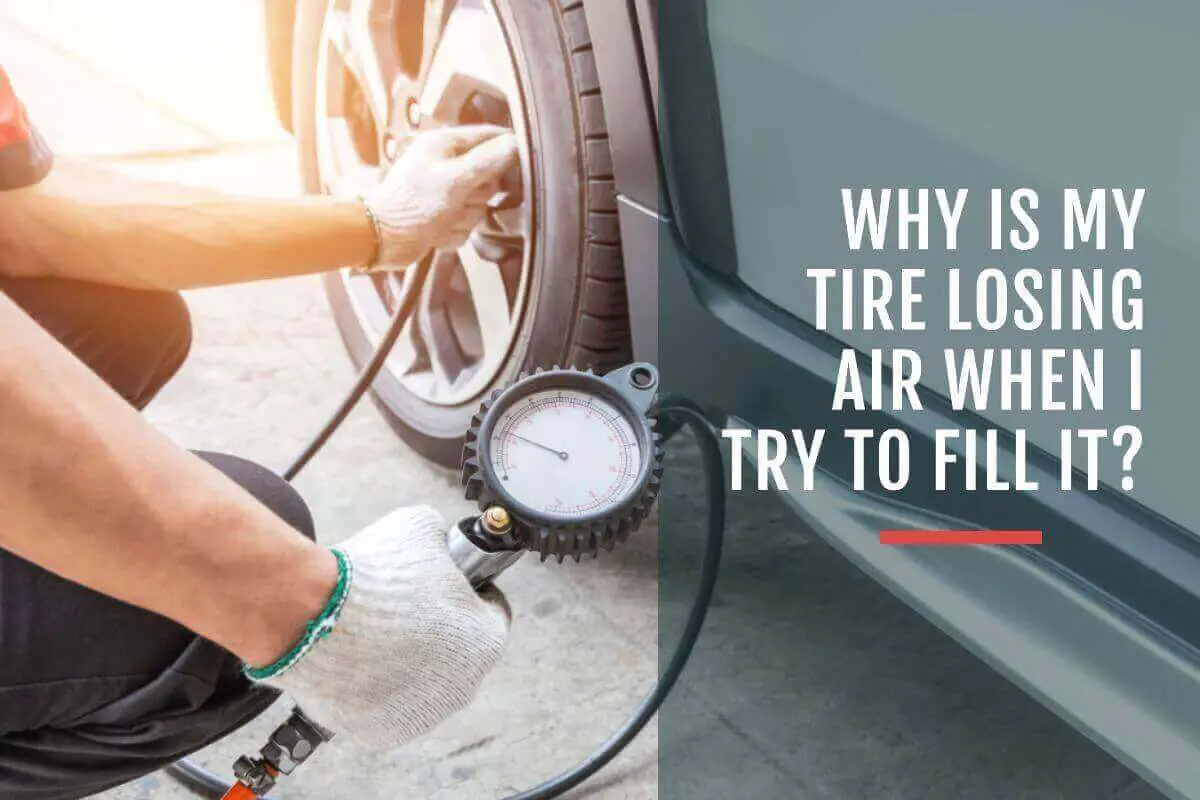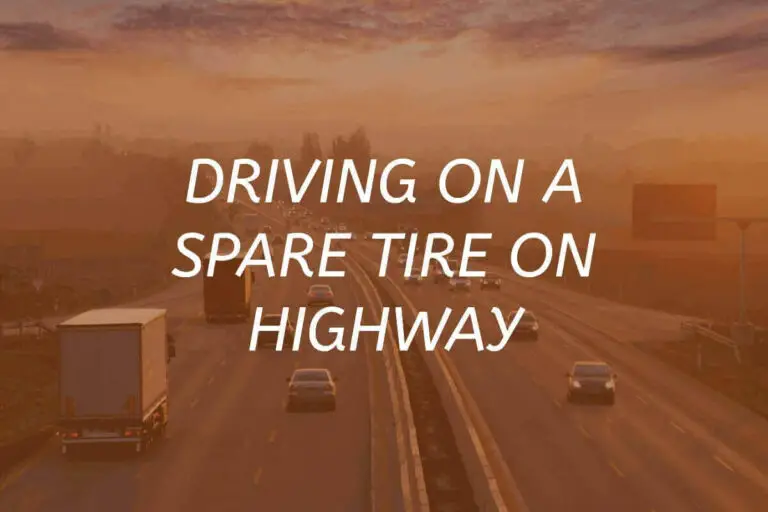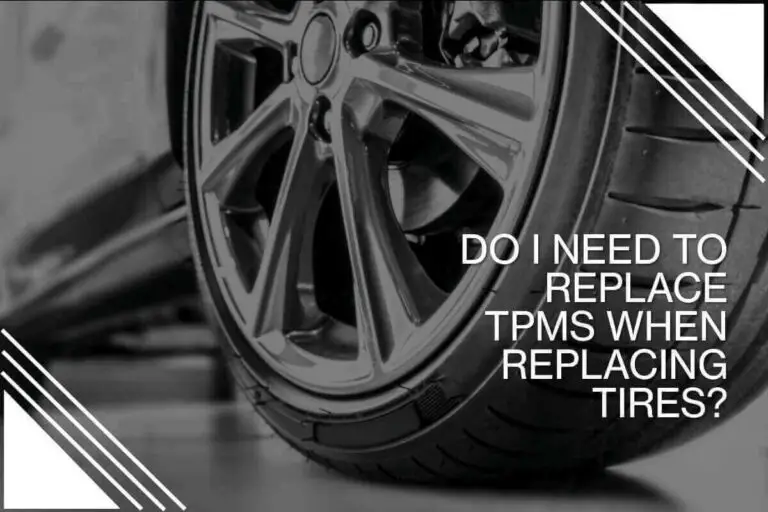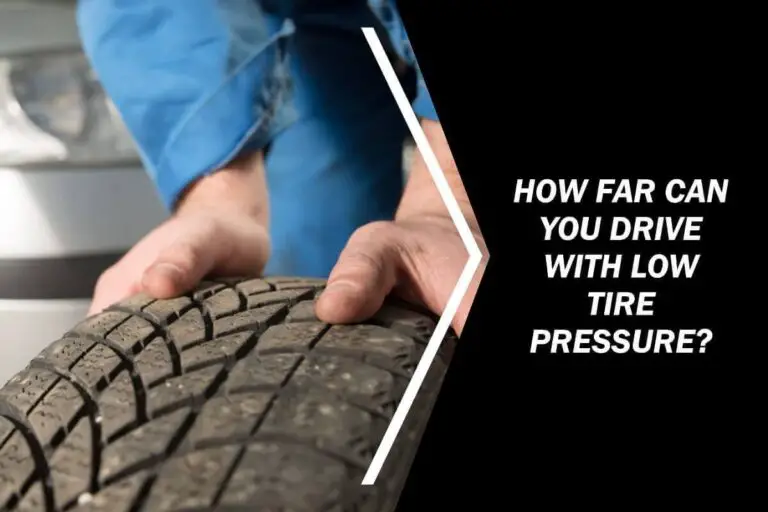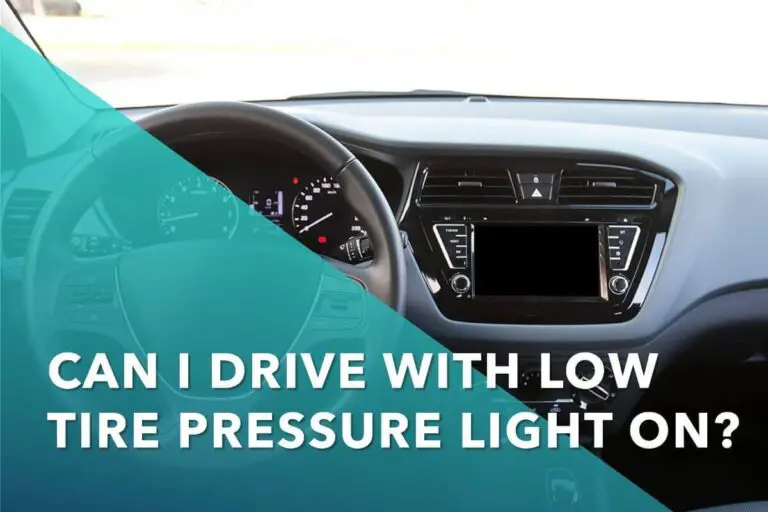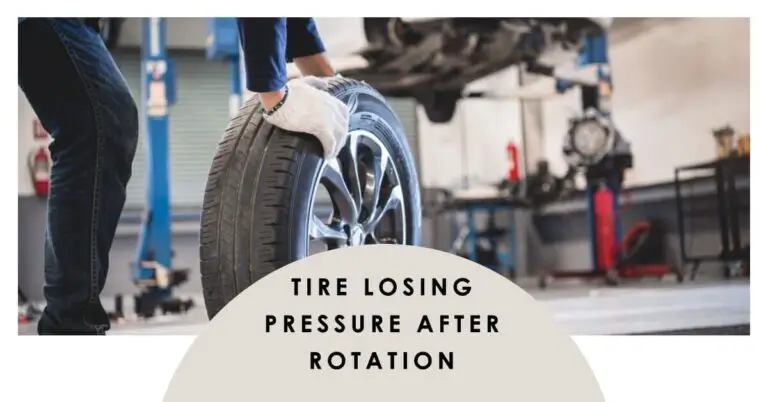Have you ever gone to the gas station to fill your tire with air only to find that it’s still losing air? It’s a frustrating situation and one that can be dangerous if not addressed properly.
In this article, we’ll discuss why is my tire losing air when I try to fill it, and what you can do to diagnose and fix the issue.
Why Is My Tire Losing Air When I Try To Fill It
If you’ve ever found yourself at the gas station, trying to fill a tire with air only to have it lose air seconds after inflating it, you know the frustration of having a tire that won’t stay full. It can be difficult to understand that your tire is losing air when you try to fill it, but luckily there may be some simple explanations and solutions.
Having a flat tire is an unfortunate reality for many car owners, and it can be especially frustrating when you go to fill it up with air, but the tire keeps losing air. If this is happening to your tire, you might ask yourself, “why is my tire pressure going down when I put air in it?” We’ll provide some insight into what could be causing this annoying problem and how to fix it.
Causes of Tire Losing Air
When attempting to fill a tire with air, it can be disconcerting and confusing when the tire continues to lose air. In most cases, there are three common causes of this issue:
1. Leaks
If you’ve noticed that your tires keep losing air after trying to fill them, several potential causes exist. Leaks can be a huge hassle for any car or bicycle owner. Whether it’s an air leak from a tire, coolant seeping from the radiator, brake fluid leaking out of the brake lines, or oil spilling on the driveway – all will require immediate attention and repair.
2. Punctures
Punctures can cause stress and frustration due to their unpredictable nature. If you’ve ever experienced a situation where you fill up your tire with air, only to find it losing air again in no time, then you know how annoying this can be.
The most common culprit for tires losing air is punctures or holes in the tire wall caused by sharp objects such as nails, screws, or glass shards. You may not even be aware that there’s an object lodged in the tread until it’s too late; however, some signs can help alert you before any major damage occurs.
3. Tire Wear
Tire wear can be a major issue for vehicle owners, leading to expensive repairs and affecting the performance of your car. As the tires are the only point of contact between your vehicle and the road surface, excessive or uneven tire wear can seriously affect safety, handling, and fuel efficiency. One of the most common forms of tire wear is caused by uneven inflation pressure in tires.
Tools for Diagnosis of Tire Losing Air
If your tire is losing air when you fill it, you could have a problem with your tire’s valve stem or the tire itself. Two simple tools can help diagnose the issue: a gauge and some soapy water.
1. Gauge
A pressure gauge is an essential tool for monitoring your car’s tires. It will give you an accurate reading of how much air is in each tire and allow you to compare tire pressures side-by-side. When using the gauge, make sure to check all four tires and confirm that they are all at their recommended inflation levels.
2. Soapy Water
Another diagnostic tool is soapy water; this can help detect any leaks in the tire itself or around the valve stem. It is also a good idea to check the valve stem on occasion for air leaks. When checking for leaks, it is best to do so when the tire is cold. Soapy water will help you find any leaks, which can be repaired with a patch kit or a tire plug.
Best Tire Repair Kit

AUTOWN Tire Repair Kit – 68pcs Tire Repair Tools to Fix Punctures & Plug
Features:
Spiral probe and insert tools are made of high-strength steel, easy to pierce repair plugs, durable construction that can resist any dirt with a simple wipe, and will give you multiple tire repair applications.
Fixing the Problem of Tire Losing Air
There is nothing worse than going to top off your tires with air and finding out that the air is suddenly gone. You may be asking yourself why is my tire losing air. Identifying the source of the problem, patching up a damaged tire, or replacing it altogether are all potential solutions.
- The first step in fixing this issue is to identify where the leak is coming from.
- If it’s coming from a nail or screw lodged deep into your tire, then you have no choice but to replace the entire tire.
- However, patching the area will do the trick if there’s only slight damage, such as a crack or puncture on its surface.
- You can use special rubber cement with an applicator nozzle to repair tires.
Maintenance Tips
Are you experiencing a loss of air after trying to fill your tire? If so, it’s important to take the right steps to ensure the safety of your vehicle. Regular maintenance and an examination of your driving habits are key when it comes to proper tire care.
- The first step is to check your tires regularly.
- It includes inspecting them for signs of wear and tear as well as ensuring they have the correct amount of air pressure.
- Keeping an eye out for any cuts or other damage that may be present is essential.
- Then, if something seems off, it’s best to visit a service center for further analysis and repair.
- It’s also beneficial to carefully assess your driving habits in order to determine if this could be causing the issue with air loss in your tires.
Monitoring Tire Pressure
Monitoring tire pressure is an essential part of car maintenance and safety. Knowing the appropriate air pressure for your vehicle’s tires can help keep you safe on the road and make sure your tires last longer. A gauge and a sensor system are two main ways to monitor tire pressure.
1. Gauge Systems
The gauge system involves manually checking the tire pressure with a handheld device that measures PSI (pounds per square inch). This method requires physical labor to check each individual tire and determine if they need more or less air. It can be time-consuming, but it’s a simple and cost-effective way to ensure your tires have enough air before driving.
2. Sensor Systems
Sensor systems use electronic sensors attached to each wheel rim to detect the current level of air pressure in the tires. These sensors will alert you when the tire pressure needs to be adjusted and can automatically adjust air pressure. This method eliminates the need for physical labor to check tire pressure, but this system has some issues.
Importance of Tire Safety
Tire safety is an important component of vehicle maintenance when reading, “Why is my tire deflating when I put air in it? Having properly inflated and functioning tires is essential for safe driving, as it helps to ensure that your car can handle any road condition with ease. Unfortunately, many drivers experience problems with their tires losing air when they try to fill them up.
Here’s why it’s so important to take the time to check your tire pressure regularly and investigate any issues that arise quickly.
- For one thing, having low tire pressure can reduce the amount of control you have over your vehicle while driving.
- It can lead to a dangerous situation if you need to make sudden stops or avoid obstacles on the road.
- Under-inflated tires are more likely to suffer from wear and tear due to increased friction against the road surface, leading to expensive replacements later down the line.
Conclusion – Why is my Tire Losing Air When I Try to Fill it
A tire loses air when you try to fill a variety of factors that can cause it. Properly identifying the cause and taking preventative measures are essential in maintaining the integrity and lifespan of your tires.
If your tire loses air quickly after filling it up, there may be an issue with the internal components, such as worn-out seals. It will require professional repair at an automotive shop.
FAQs
Why Is My Tire Losing Air But No Hole?
It could be a few things. If the tire has been recently patched, it may have yet to be sealed properly and is slowly losing air. It could also be a faulty valve stem or rim leak. If the tire is relatively new, it could even be a manufacturing defect. I suggest bringing your car to a mechanic to get it checked out and fixed.
Can You Drive On A Tire With 1 PSI?
No, you should never drive on a tire with 1 PSI. Anything below 20 PSI is considered dangerously low and can cause your tire to blow out while driving, leading to an accident. It’s best to check your tires regularly and ensure they are at the manufacturer-recommended pressure level.
Can You Drive On A Tire That’s Losing Air?
It’s not recommended to drive on a tire that’s losing air. The tire can become damaged and cause an accident, so it’s important to check your tires regularly. If you’re driving on a tire that’s losing air, drive slowly and carefully until you can get it fixed or replaced.
Can You Fix A Slow Leak In A Tire?
Yes, you can fix a slow leak in a tire. All you need is a tire patch kit and some basic tools. Remove the wheel from the car and deflate the tire. Then use a screwdriver to clean out any debris from the puncture. Apply the patch according to the instructions in your kit, then re-inflate the tire and put it back on your car.
How Long Can Tires Go Without Air?
It depends on the type of tire and conditions. Generally speaking, tires can last up to a few weeks without air, but it’s not recommended. Over time, the tire walls will start to crack and weaken due to a lack of pressure. To make sure your tires are in the best condition possible, check the air pressure at least once a month.
What Happens If You Drive A Car With Low Air In Tires?
Driving with low air in your tires can be dangerous. It affects the car’s handling and braking, making it harder to control. Low air pressure also increases the risk of a tire blowout, which can lead to an accident. To avoid this, check your tire pressure regularly and fill it up as needed.
Why Does One Tire Lose Pressure?
One tire can lose pressure for a few different reasons. It could be due to a puncture, like a nail or a screw, or it could result from wear and tear on the tire over time. The valve stem can also become damaged, leading to air loss. Extreme temperatures can cause tires to lose pressure as well.
Can You Lose Tire Pressure Without A Puncture?
Yes, you can lose tire pressure without a puncture. A slow leak usually causes due to a loose valve or an issue with the tire itself, such as dry rot. If your tires are losing pressure over time, it’s important to have them checked out by a professional.

